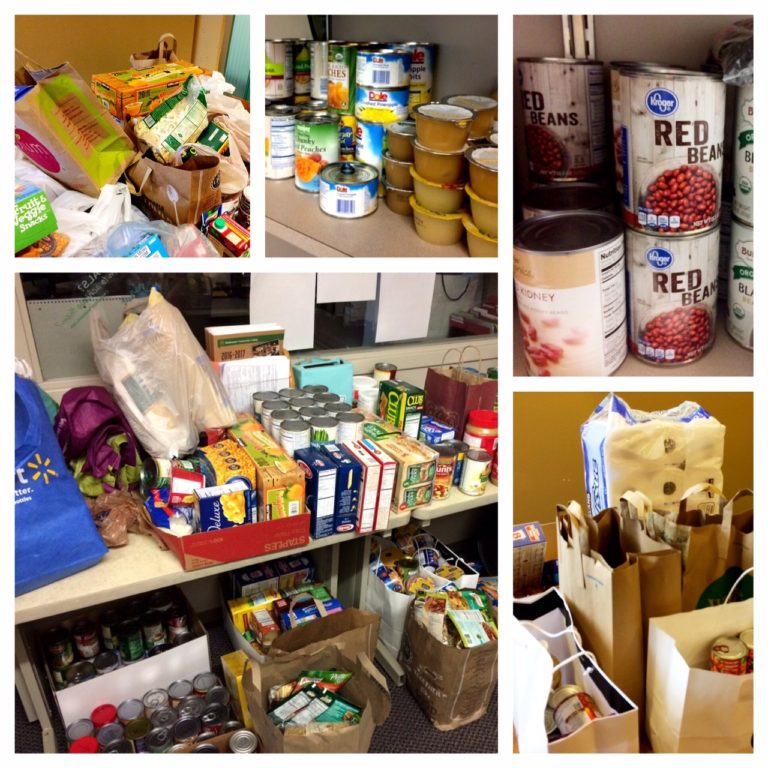Food Insecurity @ WCC
by Jessica Hale, ACS
As a faculty member in Academic and Career Skills, a department offering a wide variety of reduced skill level courses, I find that I often encounter students struggling with poverty and other barriers to success. However it wasn’t until December of 2014 that I realized hunger was one of them. In one of my Student Success courses that semester, the students decided to apply the On Course principle of Interdependence by hosting a food and clothing drive to give back to our community. As we planned and organized the event, I was struck by just how many students opened up and shared their experiences of hunger and receiving food assistance. I hadn’t realized just how personal an issue food insecurity is for our students. This experience inspired me to learn more about food insecurity on college campuses and to make the food drive an annual tradition. While food insecurity is a large problem, there are a surprising number of ways we, as faculty, can help our students overcome this barrier.
How Faculty Can Help – Content Integration
In particular, as faculty, we can play important role in increasing awareness and reducing the stigma about food insecurity on campus. Many students facing food insecurity are not aware of the resources available to them on WCC’s campus (the Food Pantry, the CORE Farm, and events on campus that offer free food). In addition, many students feel really embarrassed about needing food aid. While our students face many barriers to success that are beyond our control, food insecurity is a barrier that we can address meaningfully in our classrooms, in ways that connect directly to our academic objectives.
Threading food insecurity into our course content can help in two main ways:
- by increasing awareness of campus food resources and
- by normalizing the experience of needing food aid
When we discuss these topics in our classrooms as they pertain to our respective disciplines, we pass on information & raise awareness without calling anyone out. Integrating this issue into our content also helps students understand the complexity of issues connected to food insecurity.
Colleagues Leading The Way
Happily, some of our colleagues are already showing us how this works. For example, in Winter semester Alice Gannon-Boss’ students in CUL 118: Principles of Nutrition learned about peer-to-peer research by taking two food insecurity inventories, discussing strengths and weaknesses of the surveys, and then creating their own. In addition to Culinary Arts, which has a natural link to hunger, instructors in other disciplines are also coming up with creative ways to link food insecurity to their course content.
This coming fall students in Jason Davis’ sections of fall 2017 sections of MTH 067: Foundations of Mathematics, students will use data related to food insecurity both nationally and on WCC campus for their work on percentages & ratios. In addition, thanks to contributions made by Julie Kissel and Tom Zimmerman, the students in ENG 090/091: Writing Fundamentals I & II and ENG 111: Composition I, the topic of food insecurity on college campuses will be introduced into existing writing assignments. In another example of creativity, research librarian, Sandy McCarthy has developed a lesson that can be integrated into several ACS courses demonstrating how to use the CRAAP method of credibility assessment using food insecurity websites as examples. There are so many opportunities to integrate food insecurity into the curriculum across campus – the only limiter is your creativity!
Food Insecurity & Service Learning
Another way to address food insecurity in the classroom is to integrate service learning opportunities into your course. Service learning has been shown to have a positive impact on GPA as well as a positive influence on retention. To create meaningful service learning experiences “the service experience facilitates understanding of the academic material.” For example, last fall students in CUL 103: Farm Harvesting and Management Students, applied the knowledge they learned in the classroom by harvesting and distributing fresh produce to the WCC pantry each week of the growing season.
Research suggests that positive service learning experiences are best paired with a student’s academic interest so participation from faculty throughout the college would be an exciting way to help our students succeed. For example, marketing and graphic design courses could serve by developing promotional materials for the pantry or culinary courses could create recipes using farm and pantry ingredients to share with pantry users. The opportunities to enhance discipline specific learning through service to the pantry and farm abound! And while crafting meaningful service learning opportunities may be challenging, there are a multitude of resources available to offer support and direction (a few quick resources are provided at the end of this blog). If there is interest, we could request the FPD begin to host events featuring these resources, techniques, and strategies for successful service learning projects.
Helping Outside The Classroom
If changing your classroom discussions, assignments, or curriculum isn’t for you, there are other ways you can reduce food insecurity on campus. Consider organizing or participating in a campus food drive. Food drives are primary means of food acquisition for the WCC Food Pantry. The ACS Department, one of the smallest on campus, has hosted an annual food drive for the last few years that has brought in hundreds of food items to the pantry. An alternative to a food drive is a fundraiser benefiting campus food aid. Empty Bowls, organized by the Culinary Arts and Ceramics Departments, raised over two thousand dollars this last year, part of which went to the campus food pantry. A final way to contribute is to donate to the #GiveStrong campaign that supports emergency service for students like the food pantry. When students, faculty, and staff each give a little, it can do a long way!
By Faculty, For Faculty
If you are interested in learning more about food insecurity on campus and what you can do to help, there will be a presentation hosted
by myself and Kim Groce during this fall’s in-service. Come connect with other people on campus interested in addressing this issue and gather ideas on what you can do to make a difference. I look forward to seeing you there!
